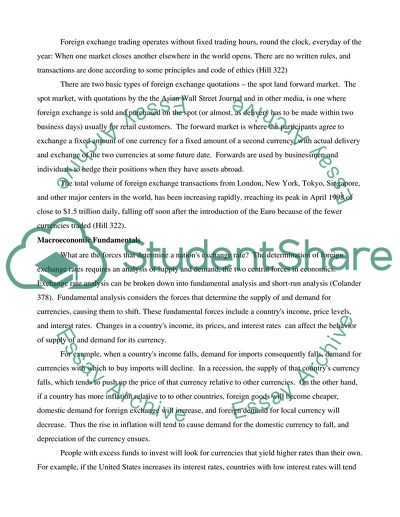Cite this document
(Exchange Rate Movements Coursework Example | Topics and Well Written Essays - 2000 words, n.d.)
Exchange Rate Movements Coursework Example | Topics and Well Written Essays - 2000 words. Retrieved from https://studentshare.org/finance-accounting/1548089-internation-finance
Exchange Rate Movements Coursework Example | Topics and Well Written Essays - 2000 words. Retrieved from https://studentshare.org/finance-accounting/1548089-internation-finance
(Exchange Rate Movements Coursework Example | Topics and Well Written Essays - 2000 Words)
Exchange Rate Movements Coursework Example | Topics and Well Written Essays - 2000 Words. https://studentshare.org/finance-accounting/1548089-internation-finance.
Exchange Rate Movements Coursework Example | Topics and Well Written Essays - 2000 Words. https://studentshare.org/finance-accounting/1548089-internation-finance.
“Exchange Rate Movements Coursework Example | Topics and Well Written Essays - 2000 Words”. https://studentshare.org/finance-accounting/1548089-internation-finance.


